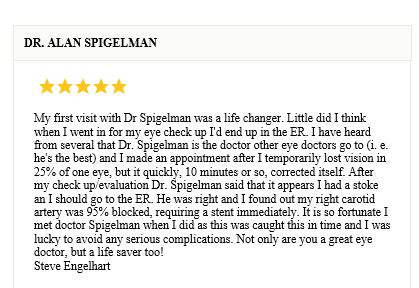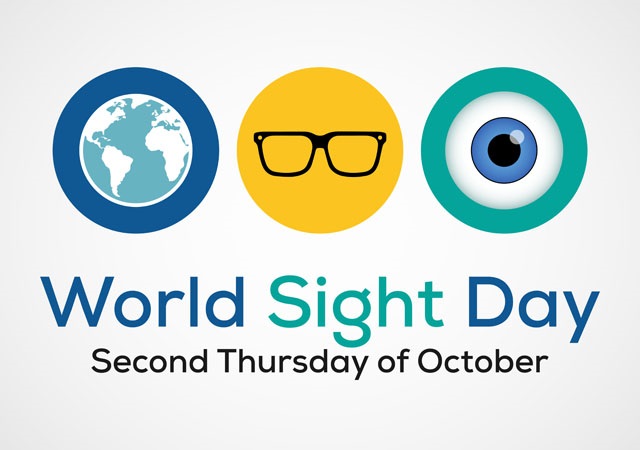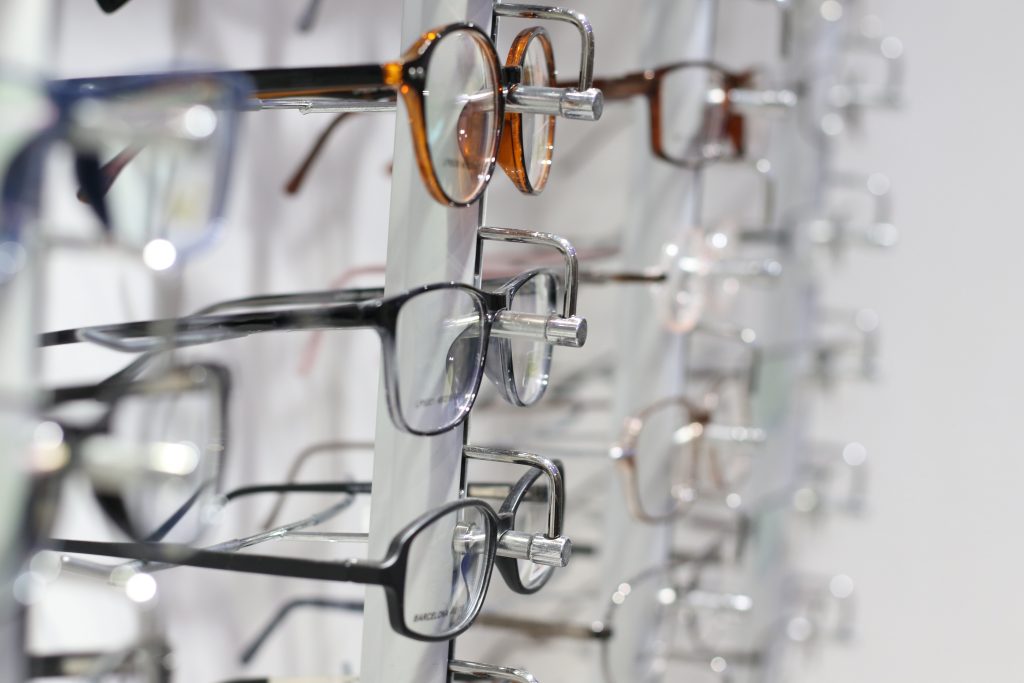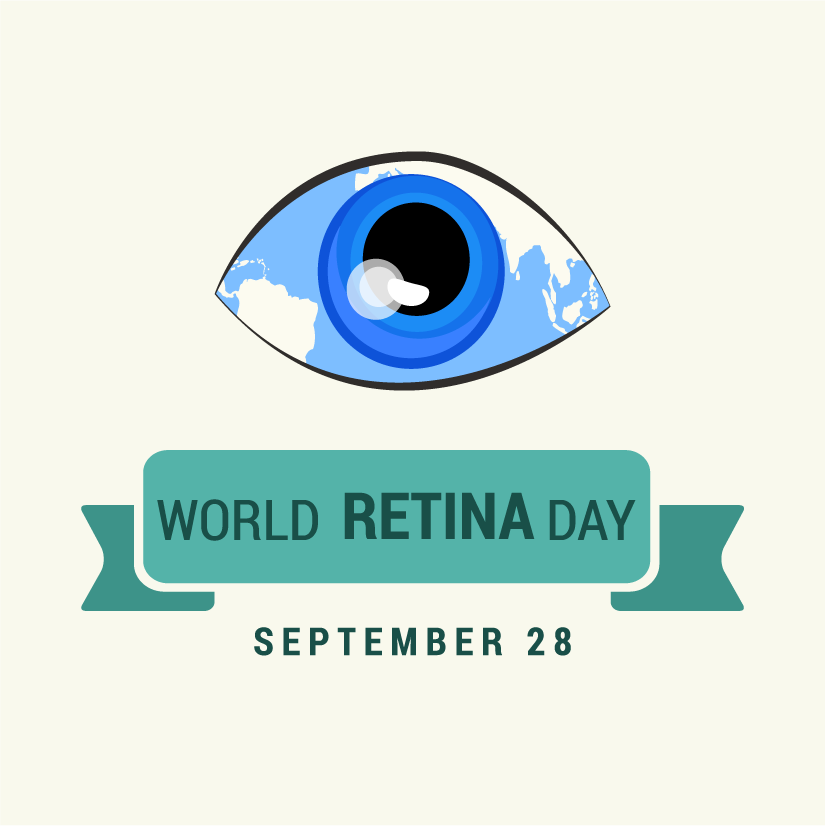What You Need to Know About Vision Loss
Our vision is a critical sense. Vision loss is when there is any deviation in the ability to see. Vision loss can include cloudy vision, blurred vision, blind spots, double vision, tunnel vision, or poor night vision.
Eye symptoms that you might see in addition to vision loss include:
- Dilated pupils that don’t respond to light
- Pain
- Discharge
- Red, irritated, or itchy eyes
- A white pupil
- Increased sensitivity to light
These things can happen to both eyes or just one and sometimes can be sudden or occur over time.
If you begin to have blurred vision over time, it isn’t always indicative of a severe health risk. Sometimes your vision prescription might be changing. Get to your doctor when you have a chance to get an eye exam and update your vision prescription. You might need glasses or contacts.
Many different factors can cause vision loss. It can be the eyes themselves being damaged or aging. External factors such as diabetes or high blood pressure can also cause vision loss. Of course, any trauma to the eyes or head can cause vision loss as well. Some side effects of medications can even cause or contribute to vision loss, so be sure to tell your doctor everything you are taking.
An ophthalmologist should promptly evaluate any vision loss as it can signify a more serious medical problem or a developing eye disease.
Contact Grosinger, Spigelman, and Grey today for a comprehensive eye exam if you have had any vision loss symptoms.
World Retina Day
Today is World Retina Day, which focuses on bringing attention to Retinitis Pigmentosa and diseases similar to that. Retinitis Pigmentosa is a disease that degenerates the rods and cones in the back of the eye where the retina is located. Unfortunately, there is no known cure at the time, but by spreading awareness, we will be able to find a cure one day. To learn more information about Retinitis Pigmentosa click on the link below.
World Stroke Day

Even though strokes usually affect one side of the brain, both eyes can be affected since the nerves from each eye travel together in the brain. If the left side of your brain is damaged, the right side vision in each eye can be affected and vice versa.
Thank You for Sharing Your Experience

We so appreciate when our patients take the time to share their experience with us regarding our doctors and our practice. We work diligently by continually training on the newest techniques, using state-of-the-art technology, and providing each individual patient the best treatment plan and outcome. We are proud to be Michigan’s Leading Eye Care Physicians. If you are looking for an outstanding experience with an ophthalmologist, please contact our office in Bloomfield Hills, Michigan for an appointment.
Hope in Sight

October 8th is World Sight Day. We dedicate this day to raising awareness about blindness and vision impairment. The goal is to encourage people to get regular eye exams and to encourage governments to include vision coverage in universal health plans. The day was created by The International Agency for the Prevention of Blindness. The theme for 2020 is “Hope in Sight”.
Last year there were over 200 events across the world. Organizations in 48 countries hosted a range of activities. The World Health Organization released a report called the “World Report On Vision”, which compiled health data from around the globe to give updated figures on blindness and vision loss. These events laid a strong foundation for the 2020 World Sight Day to build on.
According to the WHO, an aging world population and an increase in myopia will cause an increase in blindness and vision impairment. Many of these conditions can be treated if they are caught before vision loss occurs. However, vision loss is usually not reversible once it has begun. This is why it is so important to encourage your loved ones and friends to get an eye exam. Contact Grosinger, Spigelman & Grey in Bloomfield Hills, Michigan to schedule an appointment today.
Conjunctival Melanoma

Conjunctival melanoma is a rare type of cancer that affects the eye. It often appears as a brown or pink spot on the white of the eye. The lesion is painless and, as such, is often dismissed by patients until it changes in size, shape, or color. Upon examination, it may potentially be misdiagnosed as a conjunctival nevus – a benign pigmented lesion more akin to a freckle.
Lesions associated with conjunctival melanoma are often supplied with nutrients by prominent blood vessels and can vary greatly in size. For many patients, the lesion can be monitored by an ophthalmologist two to three times each year to ensure it remains stable. In some cases, the lesions can invade deeper into the orbit or metastasize to different parts of the body. If the mass invades the orbit, surgical removal of the eye – called enucleation – may be necessary. Approximately half of all patients with conjunctival melanoma will have a recurrence of the ocular lesion and 1 in 4 will experience metastasis to another area of the body. Most commonly, the cancer spreads to the brain, liver, lungs, or specific lymph nodes in the head and neck.
While incidence of conjunctival melanoma is rare, it is essential that any lesions on the eyes or lids should be checked by an ophthalmologist. It is important for everyone to have routine visits with your eye doctor to ensure optimum eye health. Contact Grosinger, Spigelman & Grey, the leading ophthalmologists in Bloomfield Hills, Michigan for an appointment today.
Difficulty Driving at Night?

Do you see an array of colors when you look at bright lights? Do you have trouble driving at night due to glare from oncoming headlights? If so, it is time to get your eyes checked. When patients struggle with glare and rainbows, it is often because the light coming into their eyes is not being focused correctly. The two main parts of the eye that are responsible for focusing light are the cornea and the lens. The cornea is the clear front of the eye and provides approximately 67% of the eyes ability to focus light. The lens, which is embedded deep in the eye, provides the remaining refractive power.
When the cornea is scratched, swollen, or overly dry it is unable to focus light as efficiently as it normally would, which can result in patient’s seeing rainbows around lights. More commonly, the cause of glare and rainbows stems from cataracts. A cataract is an aging change in which the lens of the eye becomes yellow and cloudy. As the cataract worsens, the lens becomes less able to focus light and glare is often one of the first symptoms people notice. The vast majority of people will develop cataracts at some point in their lifetime. There is currently no known method of prevention. Fortunately, cataract surgery is a quick, safe, and relatively straightforward procedure that boasts a 98% success rate.
If you’ve noticed changes in your vision and think you may have a cataract, schedule an appointment with Grosinger, Spigelman & Grey Michigan’s Leading Eye Care Physicians in Bloomfield Hills to have your eyes evaluated.
Glasses Independence After Cataract Surgery

Grosinger, Spigelman, and Grey Eye Surgeons (“GSG”) specializes in refractive cataract surgery. We carefully evaluate each eligible case and offer the latest technologies available to improve our patients’ lives. Since FDA approval in August of 2019, we have been offering the Alcon Panoptix trifocal lens to patients interested in increasing their independence from glasses after cataract surgery, and our patients have been enjoying excellent results and much more freedom from glasses following surgery.
Before the Panoptix lens was available, reducing a patient’s reliance on glasses after cataract surgery involved certain compromises. We needed to determine which of the three available “distances of vision” were a priority to the patient, then we would choose a lens to fill that need. Our best options were to either choose a lens for both far away vision (road signs) and intermediate vision (computer monitors), or a lens optimized for far away vision and for near vision (phones). At the time, we could only offer lenses that helped reduce glasses dependence in two out of these three distances of vision. Since we started using the Panoptix lens, our patients have been able to enjoy the full range of distances without needing to make those compromises.
It is important to remember, however, that while Panoptix represents a major step forward in our ability to help patients obtain independence from glasses for most of their lives, there is no technology currently available that will restore the vision we all enjoyed in our youth. We always tell patients that even if they choose the Panoptix lens, they should expect to be glasses free for only approximately 80-90% of their lives, and to still expect some reliance on low powered readers in specific situations, for example, reading small print on medication bottles.
Like all our premium lens options, for these technologies to work optimally, patients will need careful evaluations to ensure that they are good candidates. At GSG, every cataract patient undergoes a thorough eye exam and many forms of testing prior to being considered for cataract surgery, sometimes requiring multiple rounds of measurements in order to maximize accuracy in determining which lens is the right choice for that particular patient. GSG takes pride in achieving the best possible results for all our patients and want to do everything in our power to help our patients see better.
The feedback GSG has received in 2020 alone suggest that our patients have been extremely satisfied with the Panoptix lens thus far, and as a result, our practice has become one of the leading users of Panoptix lenses in the Midwest. For those interested in maximizing their freedom from glasses after cataract surgery, we have found this lens to be a great option. Contact Grosinger, Spigelman & Grey for an appointment to see if you are a candidate.
How LASIK Surgery Has Improved

LASIK is a popular procedure we use to reduce or eliminate reliance on glasses. With new advancements in laser technology, LASIK surgery is even better. It can now be customized based on factors other than just your eyeglasses prescription. New measurements and enhanced lasers take into account higher order refractive errors to provide a more precise reshaping of the cornea. What does this mean for you? Patients who undergo customized LASIK surgery are even more likely to achieve a visual acuity of 20/20 after surgery when compared to those who underwent traditional LASIK. Some even attain vision better than 20/20!
Customizations in LASIK also take into account more than just your vision as it is measured in the office. Even with “perfect” vision, patients may still complain of issues like glare in bright sunlight or halos around headlights while driving at night. These are known as “higher-order aberrations” and are not taken into account with traditional LASIK. With the latest, most technologically advanced lasers, these higher order refractive errors can be corrected during your customized LASIK procedure to ensure your sharpest possible vision.
If you are considering LASIK surgery, ask us if a customized LASIK procedure might be right for you. Still wondering if LASIK is for you? Take our quiz to find out and contact Grosinger, Spigelman & Grey in Bloomfield Hills for an appointment.



